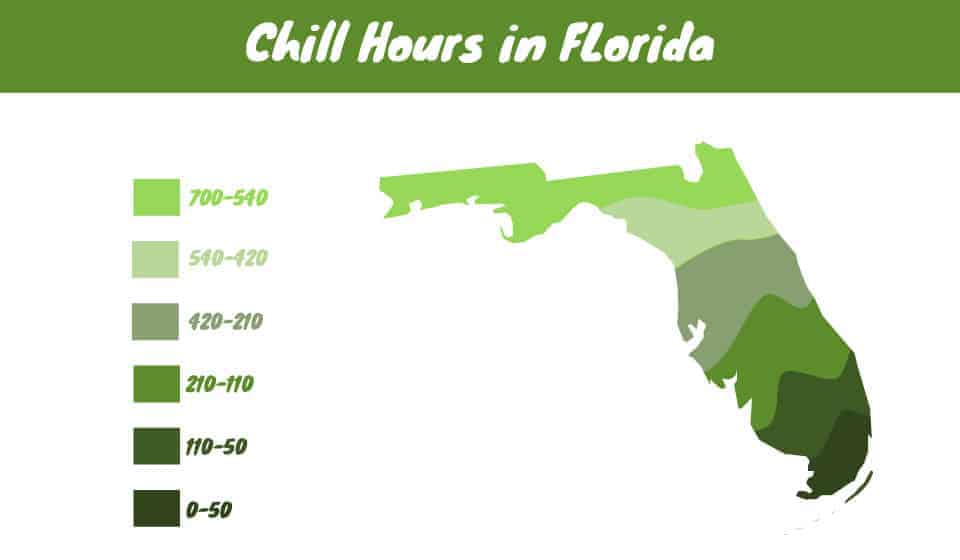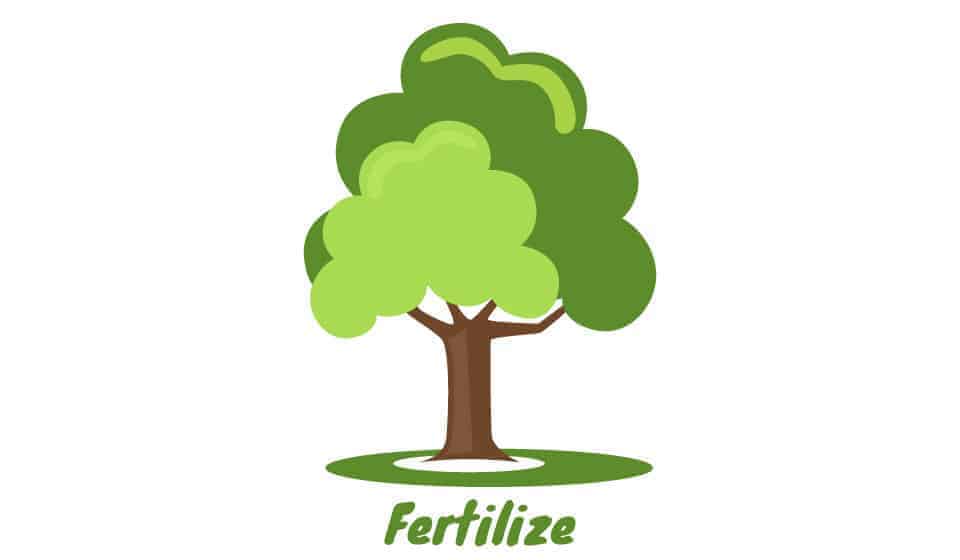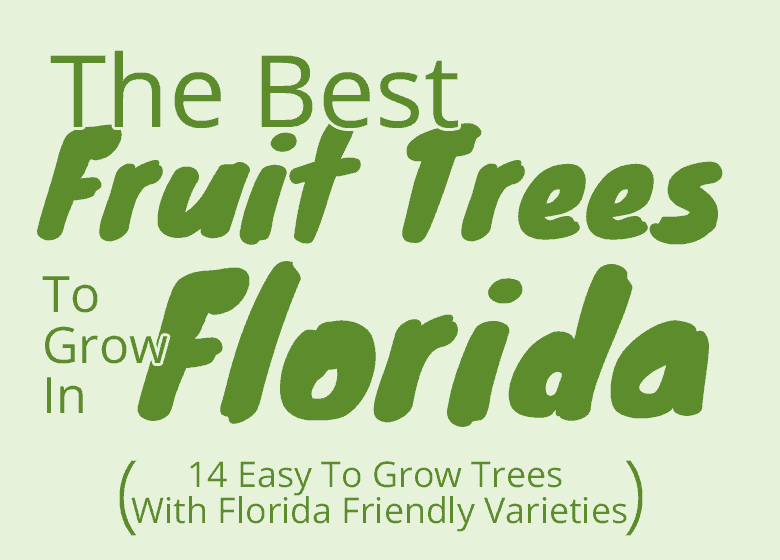Can we grow peaches in Florida? Can those sweet juicy fruits take the Florida heat?
Peaches grow well in Florida but no further south than Fort Myers. Choosing a variety with a low number of chill hours is important for Florida. FloridaCrest, FlordaGlo, Floridaprince, Sunbest, UF Gem, and UF Sun, UF2000, UF Best and UFGold are all Florida friendly varieties with a low number of chill hours.
Growing Peach Trees In Florida
For the longest time, growing peach trees was not a viable option for many Floridians for a variety of reasons. Chief among them is the fact that the climate experienced throughout most of the state is simply not conducive for the growth of peach-bearing trees.
That has shifted in recent years, however.
New varieties of peaches are now capable of being grown across central and south-central Florida. Considering that peach trees could already be grown previously in the northern portions of the Sunshine State, this recent development means that farming the fruit is now a realistic option for many residents.
Technically, growing peach trees in Florida has been possible for certain residents for a long time now, but it’s only in recent years that the fruit has become more accessible to a larger segment of the state’s population.
What Varieties Of Peaches Grow Well In Florida?
- Floridacrest
- UF2000
- UFgold
- FLorida Glo
- Florida Prince
- Sunbest
- UF Gem
- UF Best
- UF Sun
There are certain types of peaches that can thrive in the state. These are the ones homeowners should seriously look into attempting to grow.
The first variety is known as FloridaCrest. This particular variant of the peach needs 350 chill hours and is considered as semi-clingstone, meaning the pit of the fruit can only be partially separated from the flesh. What you really need to know about the FloridaCrest peach is that it melts really well. You may not be able to keep a FloridaCrest peach stored for very long, but if you cook it down and include it in desserts, you will realize its full potential.
The UF2000 variety of peaches is a non-melting fruit, so utilize it for those applications where you really want to showcase the crispness of the peach. Another thing worth noting about UF2000 peach trees is that they are known to provide bountiful harvests and they require about 300 chill hours for fruit.
The UFGold peach shares several traits in common with the UF2000, making them another option to consider if you want to can or plan on storing these peaches for a while. The UFGold variety only needs 200 chill horus for fruit set.
Florida Glo is another very popular peach tree to grow in Florida. It requires only 150 chill hours, which means it can be grown in the lower central part of the state. Florida Glo is a melting fruit.
Other variants of peaches that are known to be capable of growing in Florida include the Floridaprince, Sunbest, UF GEm, UF Best and UF Sun.
Notably, different types of peach trees vary not just because of the specific fruit they provide. Their required chill hours may also play a role in differentiating them.
Types Of Peach Fruit
When I say types I’m referring to how the peach itself grows. Is it a soft, juicy and stringy peach or does it have firm flesh? Does the peach have a pit that you can pull right out or is the center pit stuck to the fruit?
- Melting: Stringy and juicy flesh. doesn’t have a long shelf life.
- Non-melting: Firmer flesh, usually used for canning.
- Clingstone: The pit is one with the flesh of the fruit.
- Freestone: The pit simply be pulled away from the flesh of the fruit.
What are chill hours of fruit trees?
Don’t worry if you’ve never heard of the term chill hour before because it’s actually pretty easy to define. Essentially, chill hours refer to those stretches of the night when the temperature hovers between 32 and 45 degrees Fahrenheit. Chill hours are necessary for getting the fruit ready for harvest season.
Chill hours are not similar for all varieties of peach trees.
- UF Best: 100 chill hours
- UF Gem: 175 chill hours
- Florida crest: 350 chill hours
- Floridaglo: 150 chill hours
- Floridaprince: 150 chill hours
- UF Gold: 200 chill hours
- UF 2000: 300 chill hours

It is essential that you pay attention to the number of chill hours required by the type of peach tree you are getting. The further south you are the less chill hours you have.
Where do I plant my peach tree?
Peaches need to be planted in Full sun and they need to be in a place where water does not pool and sit. So a low sloped backyard or gutter won’t be the ideal place for these guys.
Do peaches like Florida soil?
Florida soil is mostly sand and is well drained.
However, peaches also like organic material. That’s something that Florida soil usually lacks.
Year after year application of compost and mulch is the key to building a great soil. Just keep that up and before you know it you will have rich, dark soil.
So, yeah you can plant your peach tree directly into the ground but be sure to amend it with compost and mulch year after year.
How to fertilize peach trees?
An equally balanced, well-rounded fertilizer is perfect for peach trees. You can go with either 8-8-8 or 10-10-10 fertilizers, according to Hunker, and do what you can to find variants that are also loaded with iron and zinc.
Base how much fertilizer you will use on how old the peach tree is. Apply the fertilizer at three separate periods throughout the year. It would be best if you applied the fertilizer sometime in late February, again in late May, and once more before the end of July.
Be sure that the fertilizer doesn’t touch the trunk, this can burn your plant.
fertilize about 8 inches or so from the trunk all the way out to the edge of the canopy.

Do I need to prune peach trees?
The short answer is yes, you do need to prune your peach trees. The long answer is that you need to know a few things about pruning peach trees properly.
First things first, upon obtaining your peach tree, you are advised to prune some off the side branches and a few more located at the top. Topping your peach tree should encourage the growth of sturdier branches down the line, and you’ll also be able to achieve that desired vase structure for the plant.
The center branch of the peach tree, which is usually the thickest branch, is almost always vegetative growth and it’s best practice to prune that guy back. It will never make fruit.
Speaking of the vase structure, you have to do your best to maintain that while pruning the peach tree. You should also take the time to find the branches on the tree that are not producing either leaves or fruit buds. Even if you do get some fruits from those branches, chances are that they will be of less than ideal quality.
Make sure to schedule your pruning sessions for once in the winter time, when the tree is dormient and then once after they fruit.
And to achieve that vase like structure of the peach tree, you need to inspect your tree and make sure that it has at least four main branches. All going in separate directions, you want to avoid cross branching. Refer to these main branches as your North, East, South and West branches. Pruning your tree this way will form that desirable vase-like structure.
Do peaches self-pollinate?
Yes, peaches self-pollinate. This means that they do not need pollinators like bees to make fruit. Their flowers are both male and female and can self-produce. This doesn’t mean that having pollinators will hurt your peach tree. Having bees in the garden is never a bad idea.
Peach Tree Pests
The animals you will need to be wary of as a peach grower are raccoons and squirrels. You can easily throw up some netting(Check price on Amazon) to cover your fruits from these guys. Depending on how many you’re dealing with I might think about just letting them have a few. A couple peaches won’t kill ya!
But, if these things are getting out of hand, netting is a non violent way to deal with these guys.
Florida Peach diseases
Peach rust and scab are diseases that we need to be on the lookout for in Florida. Heavy rains in the warm summer days create the perfect enviornment for a fungal disease like peach rust.
A simple copper fungicide(Check price on Amazon) can handle most disease issues you will face. I try to spray every 2-3 weeks, but if you’ve had a lot of heavy rain more frequent application is probably needed.
you can spray once a week if needed.
This spary has been known to harm bees by lowering the quality of their food source. so it’s best practice to never spray when your tree is full of flowers or as fruit is setting.
When to harvest peaches
The great thing about peaches is that they will tell you themselves when it is time for harvesting.
Peaches are ready for the picking when there is no more green color visible on the fruit and when they can be picked off a tree effortlessly. You should also target the peaches at the top and outer layers of the tree for harvesting first.
Growing Peaches In Florida
When most people think of Florida fruits, they will likely think first of oranges, grapefruits, and limes, and perhaps even some tropical fruits such as mangoes. As you’ve learned from this article though, there is nothing getting in the way of peaches also becoming a main offering of Florida. The state has long produced some truly delicious fruits and lovers of peaches will also be able to head down there to enjoy their favorite treats like peach cobblers and peach pies.
- You can grow peaches in Florida as far south as Fort Myers.
- You need Florida friendly varieties that require low amounts of chill hours.
- Florida friendly varieties are: Florida crest,Floridaglo, Floridaprince, UF Best,UF Gold, UF 2000, UF Gem
- Peaches need full sun and well-draining soil with good organic material.
- Fertilize with a well-rounded fertilizer.
- Watch out for raccoons and squirrels.
- Peach rust and scab are the most common diseases.
- Harvest when they can be plucked easily off of the tree and are not visibly green anymore.
You Will Probably Also Like:

